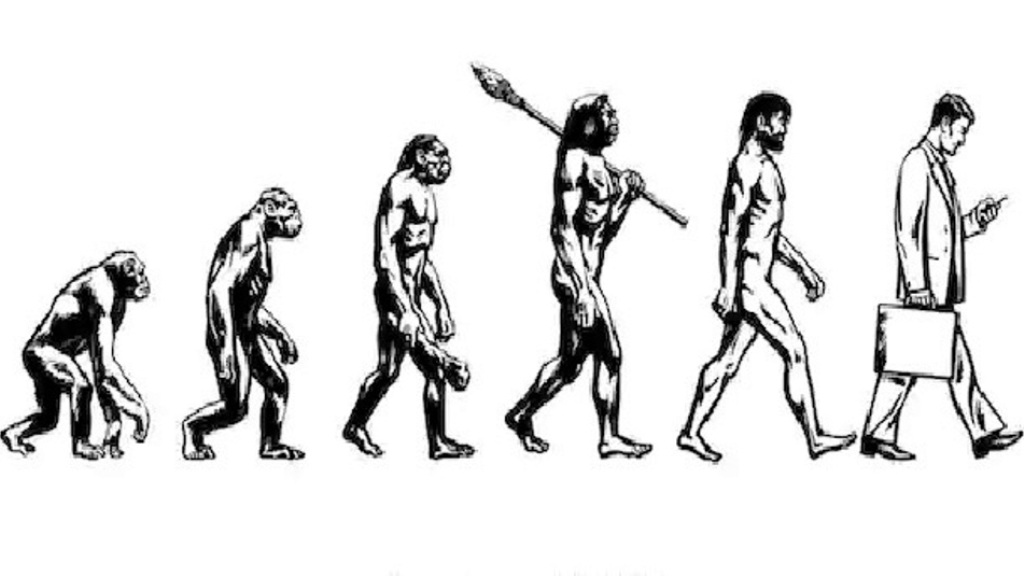What humans are today will differ in the future, a theory surrounding the evolution of mankind.
What the future holds in the evolution of man
Evolution is the process of change in all forms of life throughout the generations. Human evolution is evident through genetic changes. In biology, a change in genetic composition over successive generations is an indication of evolution.
There is a continuous debate regarding the relationship between the Australopithecus afarensis and the Homo genus. The Australopithecus lived around 2.9 million years ago and believed to resemble the image of modern apes. While the earliest Homo genus, Homo Habilis, is found to be 2.3 to 1.4 million years ago.
But as we can see, what humans are today are way different from early Homo genus ancestors, even different from our closest ancestors, the Homo sapiens from 10,000 years ago. Experts are now deducing the possibility that somewhere in the future, another stage in the evolution of man will occur.
The gene evolution
Joshua Akey, a professor at Princeton University, believes that “Humans are not exempted from the rules of natural selection.”
Natural selection refers to a key mechanism of evolution were organisms change their heritable traits and pass it on to the next generation. It is essential for the adaptability and survivability of the future population.
Our environment is a lot different from what it was centuries ago.
Akey loves to point out the case of FADS2, a dietary gene, as an example of the gene evolution of man. In 2016, scientists found out that vegetarians from Pune, India, displayed a high frequency of mutation on their FADS2 gene. The mutation caused the efficient processing of Omega-3 and Omega-6 fatty acids from non-meat sources into essential nutrients for the brain.
Another good example is the genes that control lactose tolerance. There was an identified gene mutation at a period around 3000 years ago in East Africa, allowing people from that area to tolerate dairy products in a larger dosage than the usual. It was a time when cattle raising was one of the main sources of livelihood in the area.
Human’s livelihood also underwent an evolution, from nomadic herder to farmer, then from farming to industrial work. People adjust in a way to adapt to changes in the environment.
In the past 10,000 years, the evolution of man in response to diseases has resulted in the resistance from certain pathogens, a clear manifestation of natural selection.







